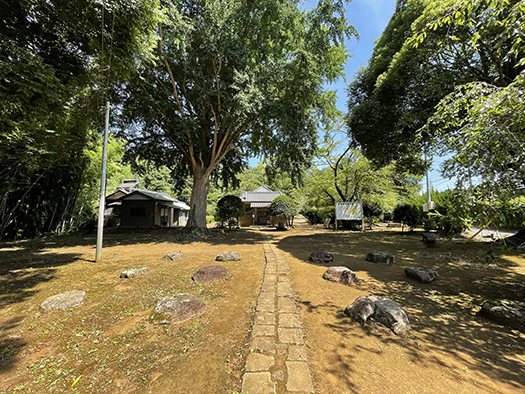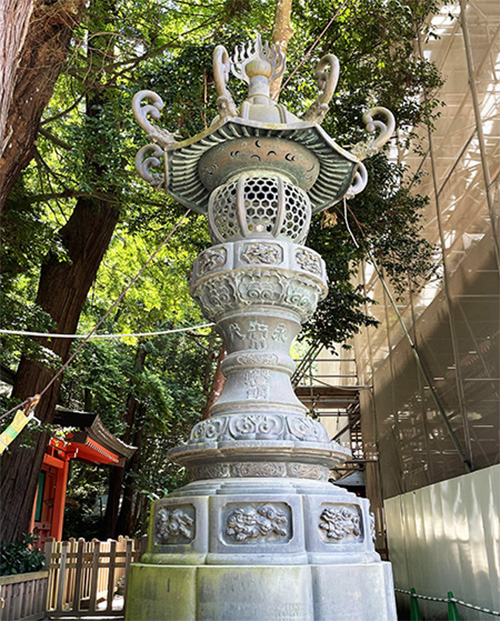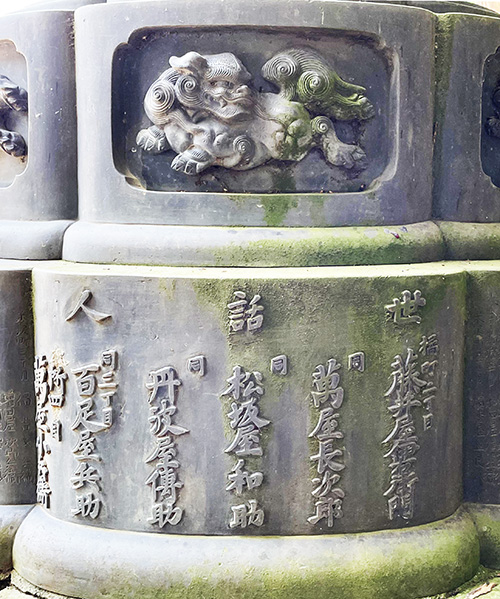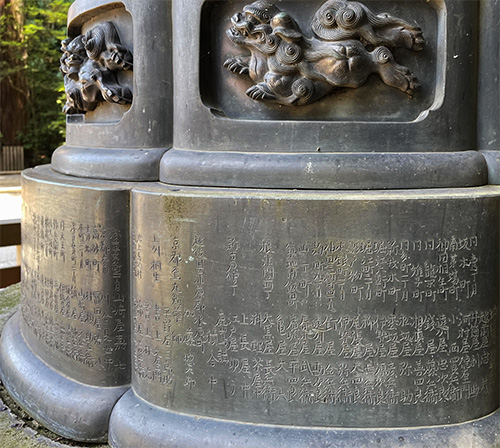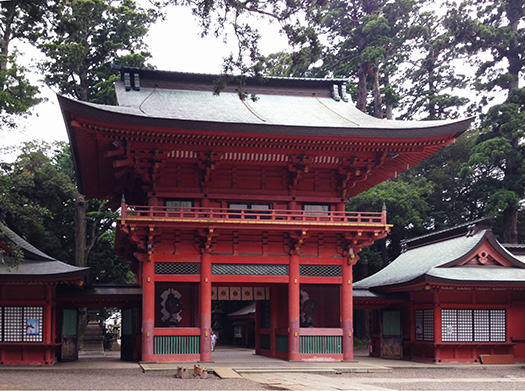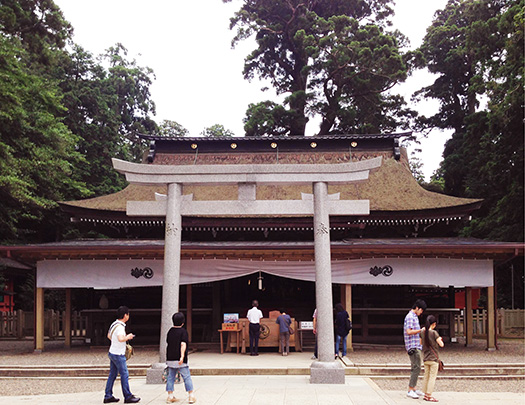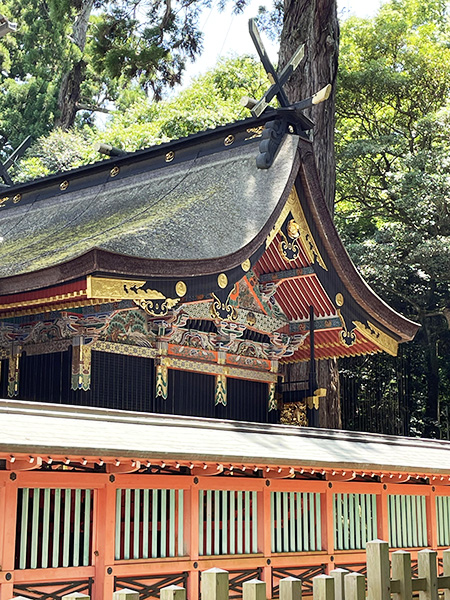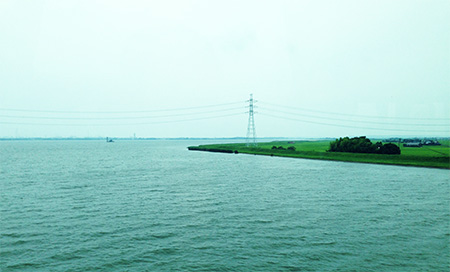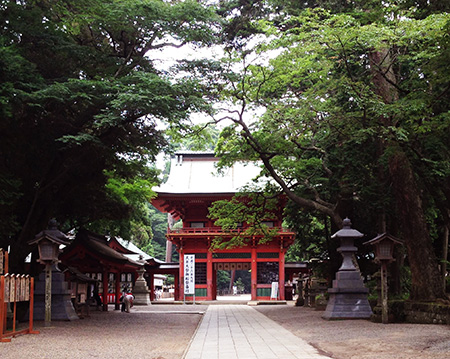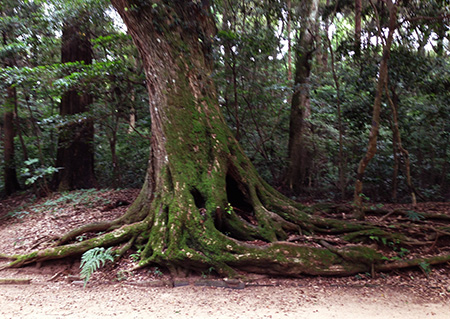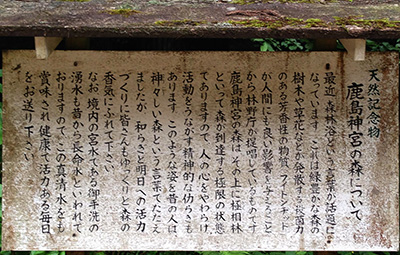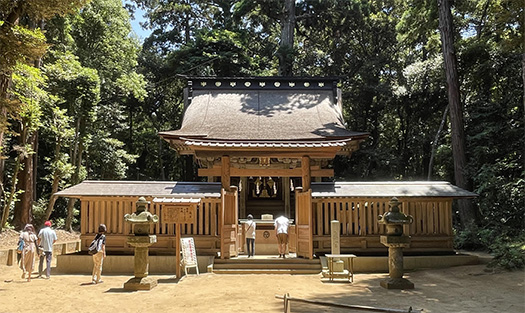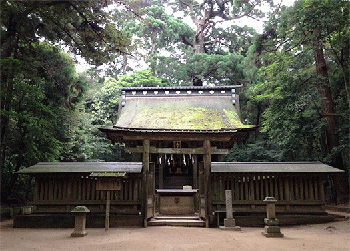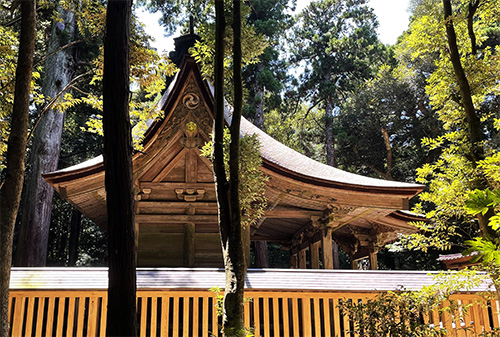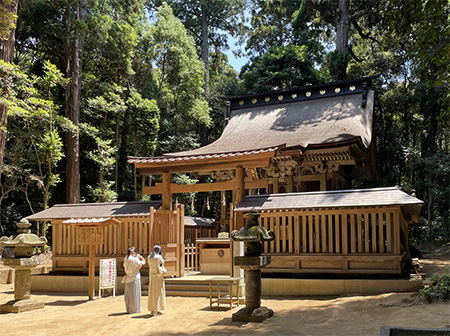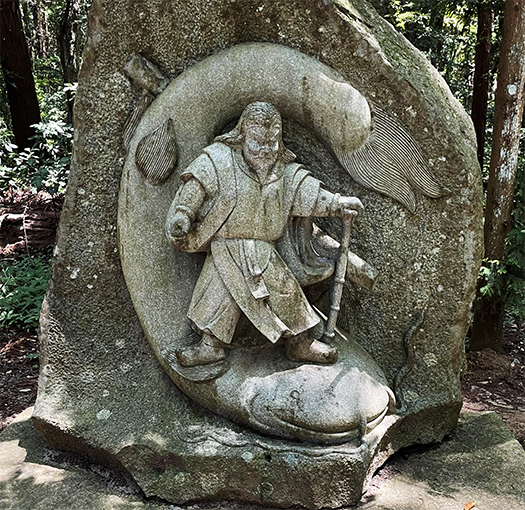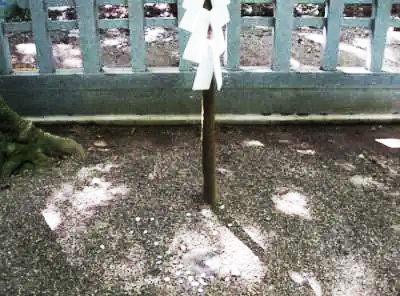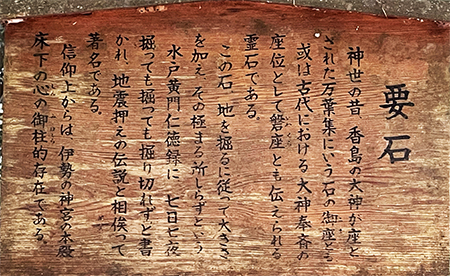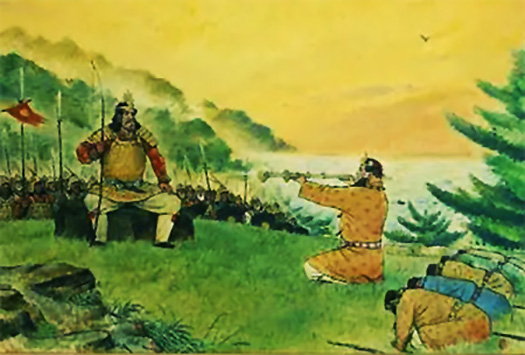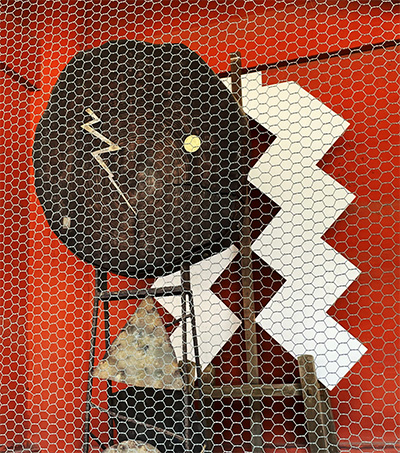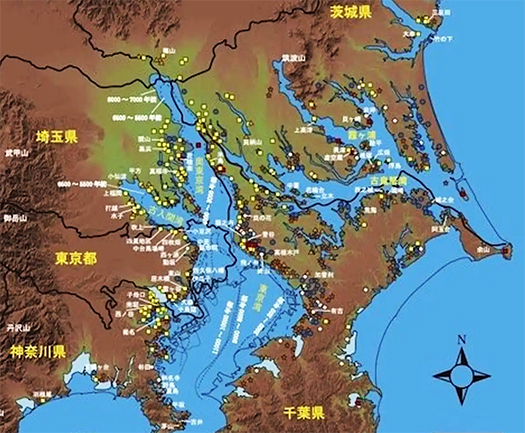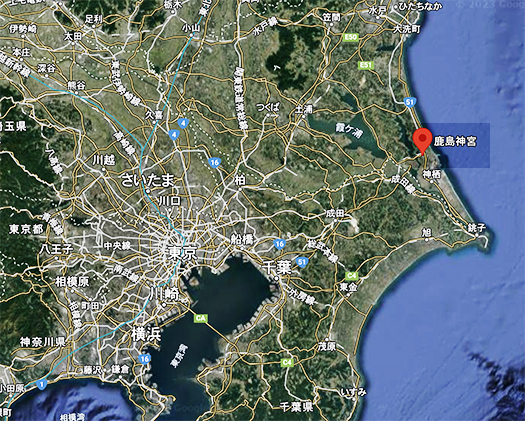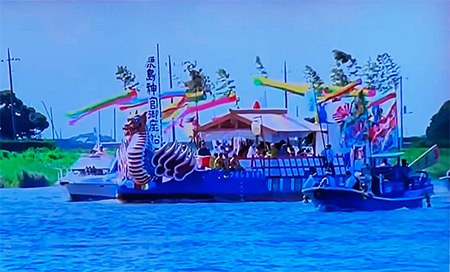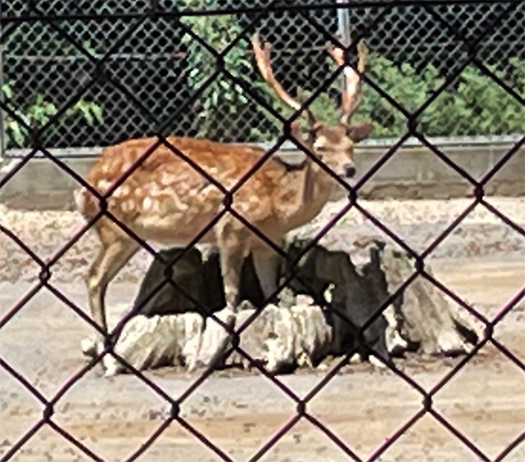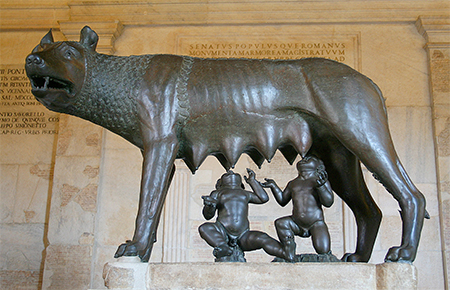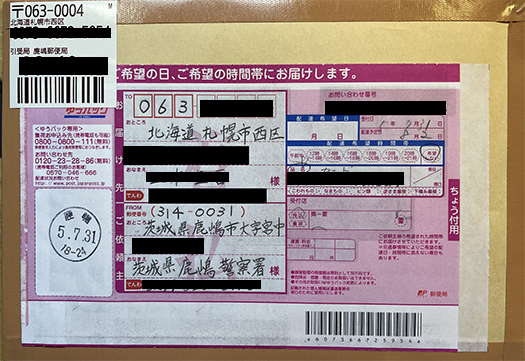

龍角寺は廃寺になった寺院なので、記録などはなかなか辿ることが難しい。画像の情報特定も困難を究めました。しかし、そういうなかで本尊・薬師如来はその制作年代が白鳳期にまで遡ることが美術史的に解明されているという。白鳳期とは、645年の大化の改新から710年の平城京遷都までの飛鳥時代の文化。法隆寺の建築・仏像などによって代表される飛鳥文化と、東大寺仏像、唐招提寺建築などの天平文化との中間期。
奈良東大寺の大仏よりも古い時代であり、鞍作止利が活躍した時代のすぐあとの時代に彫像されたものだといわれているのですね。
残念ながらこの龍角寺は歴史年代、幾多の火災に遭遇し現存する本尊座像は頭部と胴体部で制作年代に違いがあり、江戸期に胴体部は復元されたものとされている。上の写真画像は龍角寺 薬師如来像 頭部石膏型抜 早稲田大学會津八一記念博物館展示より。その下は現在龍角寺廃寺に建てられている「拝殿」正面画像。裏手には「収蔵庫」があって本尊薬師如来はあるいはそちらに収蔵されていると思われます。鹿島神宮参詣途中での立ち寄りだったので、参観は望むべきもありませんでした。
<龍角寺本尊「薬師如来」座像の情報については観仏日々帖さん記事から学ばせていただきました。同ページには写真画像も昭和7年当時の雑誌「宝雲」(第3冊)からのものなどが掲載されており、ぜひ参照ください。>
同ページには東京帝国大学名誉教授、古社寺保存会委員だった関野貞氏(1868~1935)によるこの仏像の鑑定結果を伝える当時の「龍角寺銅造薬師如来像及古瓦片」(歴史教育7巻4号1932年刊)記事もある。
「其様式手法は、明かに寧楽時代の初期の特色をあらわし、薬師寺東院の聖観音に次ぎて法隆寺の夢違観音や新薬師寺の香薬師如来及び深大寺の釈迦如来と殆んど同時代に成つたもので.稀れに見る所の傑作である。」という記載。
飛鳥寺の大仏さんにはゾッコンにさせられているわたし。飛鳥寺は蘇我氏の影響の強い寺院ですが、そのほぼ同時代に平行的に関東にこうした仏教導入期の信仰心を素朴に伝えてくれる物証が存在している。
その薬師如来の表情には最初期導入仏教のこころが素朴に宿っている。とくに眉目の切れ長ぶりには、人間の「やさしさ」感が象徴されているように思われる。仏教にはじめて接したひとびとがどのように「受容していったのか」顔の表情というものが果たした役割は巨大だったに違いない。
東大寺以降、やがて奈良期には全国に「国分寺」が造営されていくけれど、この龍角寺は、それより時代を遡って、蘇我氏は関東にまで強い影響力を持っていたということですね。
先進地域・畿内に対して縄文以来の暮らしを紡いできたひとびとが多数派だっただろう関東地域で、こうした仏像さんが辿ったであろう、多くの人びととの出会い。
こうした画像から、いろいろなことが「伝わって」くるように思われます。
English version⬇
The head of the main image of Yakushi Nyorai, which is older than the Great Buddha of Nara, at Ryukakuji Temple (2)
The image of the Yakushi Nyorai (the Medicine Buddha) is a very old image. How was it received in Kanto, where the Jomon spirit still lingers? …
Since Ryukakuji Temple is a defunct temple, records and other information are difficult to trace. It was also difficult to identify the information on the images. However, in such a situation, it has been clarified in art history that the main statue, Yakushi Nyorai, dates back to the Hakuho period. The Hakuho period refers to the Asuka period of culture from the Taika Reform of 645 to the transfer of the capital to Heijo-kyo in 710. It was an intermediate period between the Asuka culture represented by the architecture and Buddhist statues of Horyu-ji Temple and the Tempyo culture represented by the Buddhist statues of Todai-ji Temple and the architecture of Toshodai-ji Temple.
It is said to be older than the Daibutsu statue at Todaiji Temple in Nara, and was carved in the period immediately after the period in which Kurusaku Noritoshi was active.
Unfortunately, Ryukakusokuji Temple suffered from numerous fires during its history, and the existing seated statue of the principal image has a different production date for the head and the body, and it is believed that the body was restored during the Edo period. The photo above is a plaster cast of the head of the statue of Yakushi Nyorai from the exhibition at the Aizu Yaichi Memorial Museum of Waseda University. Below is an image of the front of the hall of worship, which is now built in the abandoned Ryukakkakuji Temple. There is a “storage room” in the back of the temple, and the main statue of Yakushi Nyorai is probably stored there. Since we stopped by on our way to Kashima Jingu Shrine, we could not visit the temple.
<I learned about the seated statue of Yakushi Nyorai, the principal image of Ryukakuji Temple, from an article written by Kanbutsu Nichijitsumecho. Please refer to the same page, which also includes a photo image from the magazine “Houn” (Vol. 3) from the 7th year of Showa (1932). > “Tokyo Imperial University
On the same page, there is an article by Sada Sekino (1868-1935), a professor emeritus at Tokyo Imperial University and a member of the Society for the Preservation of Ancient Temples and Shrines, on the results of his appraisal of this Buddhist statue, “Ryuzokuji Bronzo-Yakushi Nyorai Zo and Old Tile Fragments” (History Education Vol. 7, No. 4, published in 1932).
The style and technique clearly show the characteristics of the early Neiraku period, and it was made almost at the same time as the Sei-Kannon in the Toin of Yakushiji Temple, the Yumekai-Kannon in Horyuji Temple, the Koyakushi Nyorai in Shin-Yakushiji Temple, and the Shaka Nyorai in Jindaiji Temple. It is a rare masterpiece. The Daibutsu in Asukadera is a rare masterpiece.
I have a crush on the Great Buddha of Asukadera Temple. Asukadera Temple is a temple strongly influenced by the Soga clan, but there is evidence in the Kanto region at about the same time that conveys the simple religious beliefs of the period when Buddhism was introduced to the region.
The expression on the face of the Yakushi Nyorai (the Medicine Buddha) is simple and expressive of the spirit of the early introduction of Buddhism. In particular, the long, slanted eyebrows seem to symbolize a sense of human “gentleness. Facial expressions must have played a huge role in how people who first came into contact with Buddhism “accepted” it.
After Todaiji Temple, Kokubunji temples were built throughout the country during the Nara period (710-794), but this Ryukakuji temple shows that the Soga clan had a strong influence as far back as the Kanto region.
In the Kanto region, where the majority of people would have been those who had been living since the Jomon period, as opposed to the more advanced Kinai region, these Buddhist statues would have encountered many people.
These images seem to “convey” a variety of things.
Posted on 8月 13th, 2023 by 三木 奎吾
Filed under: 日本社会・文化研究, 歴史探訪 | No Comments »




